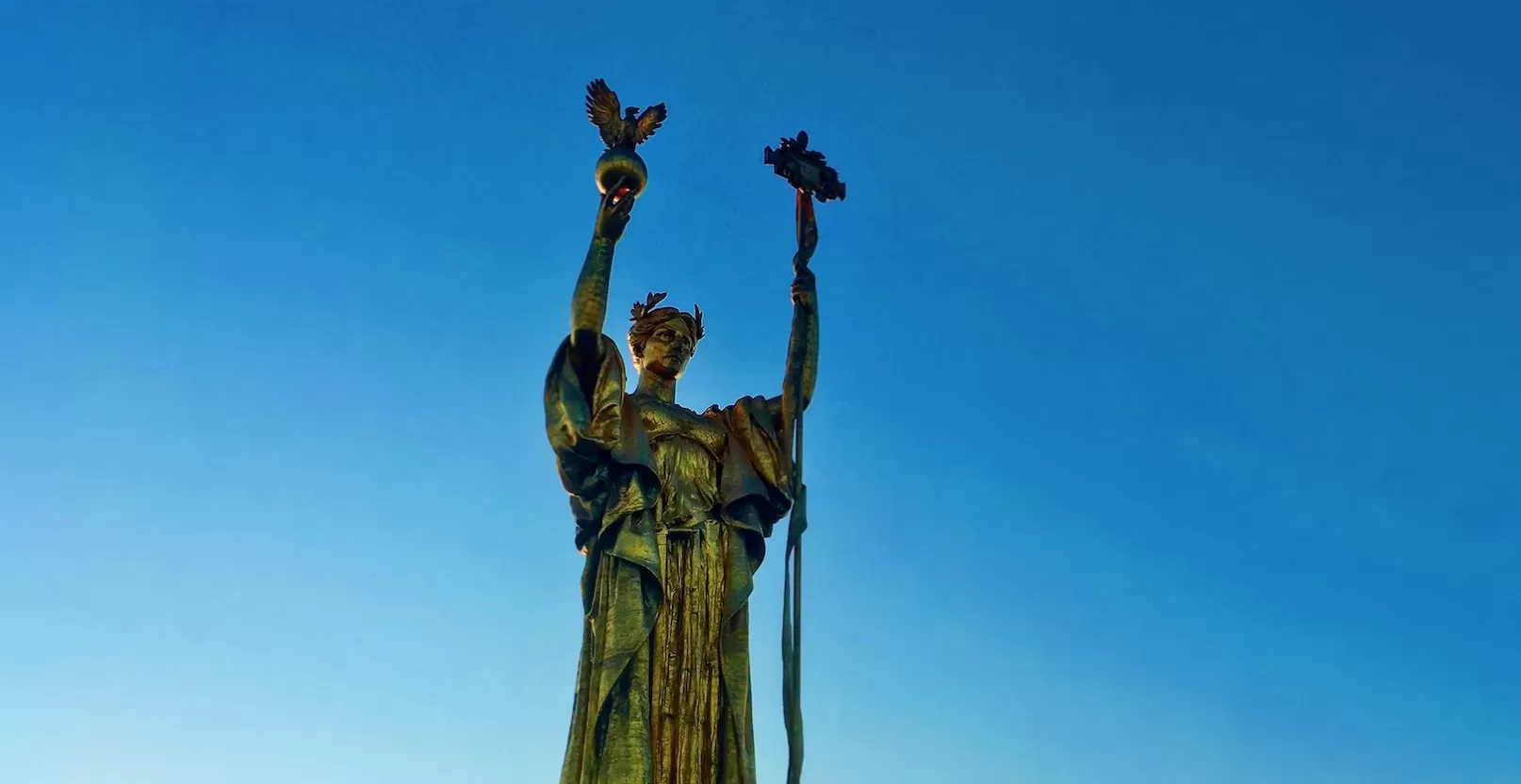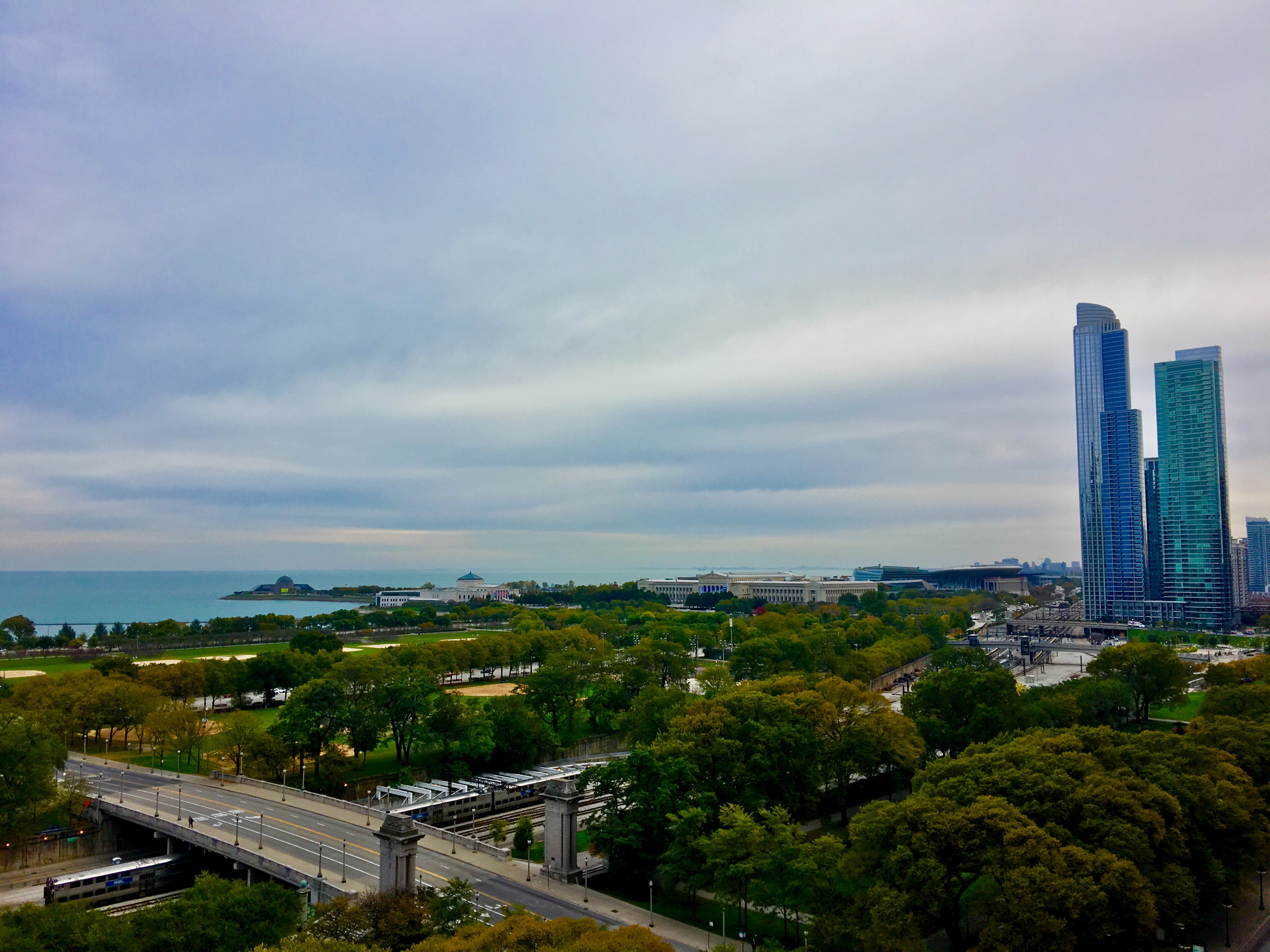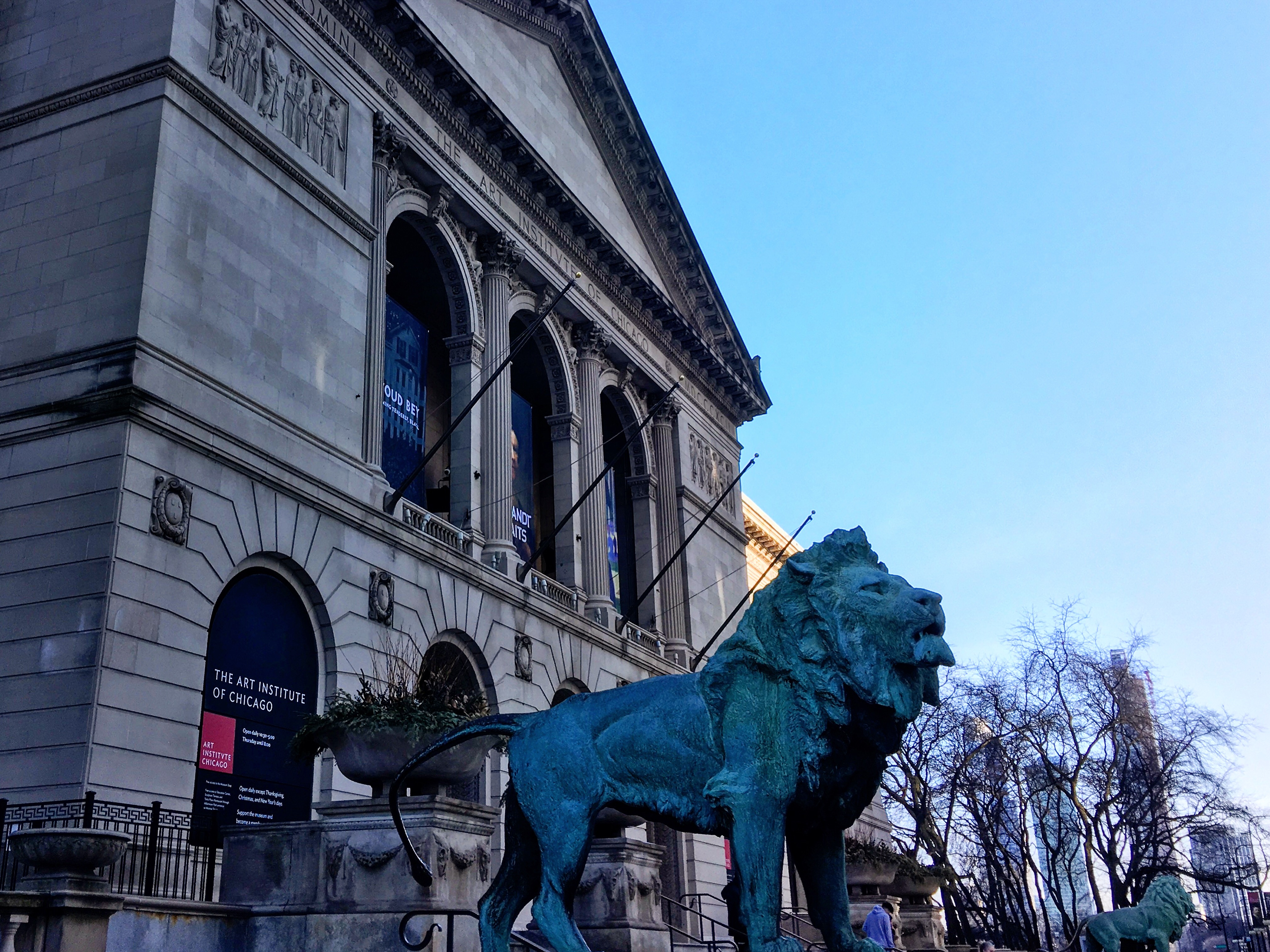In 1893 the city of Chicago celebrated the 400th anniversary of Columbus’ arrival with the World’s Columbian Exposition. I have captured this event in a collection of works called The Chicago 1893 Project. It spans across a variety of media formats, most notably a book and documentary film that are available on Amazon. As a lifelong resident of Chicagoland, I have always enjoyed the legacy of the event. I had no idea that sharing the photos I had acquired in an antique book called “The Dream City” on Twitter would lead to a multimedial project.
The Web allows me to display a variety of these elements to you, the reader, all through a single webpage. The following passages are excerpts from my book along with photos that made up the documentary film.
Introduction
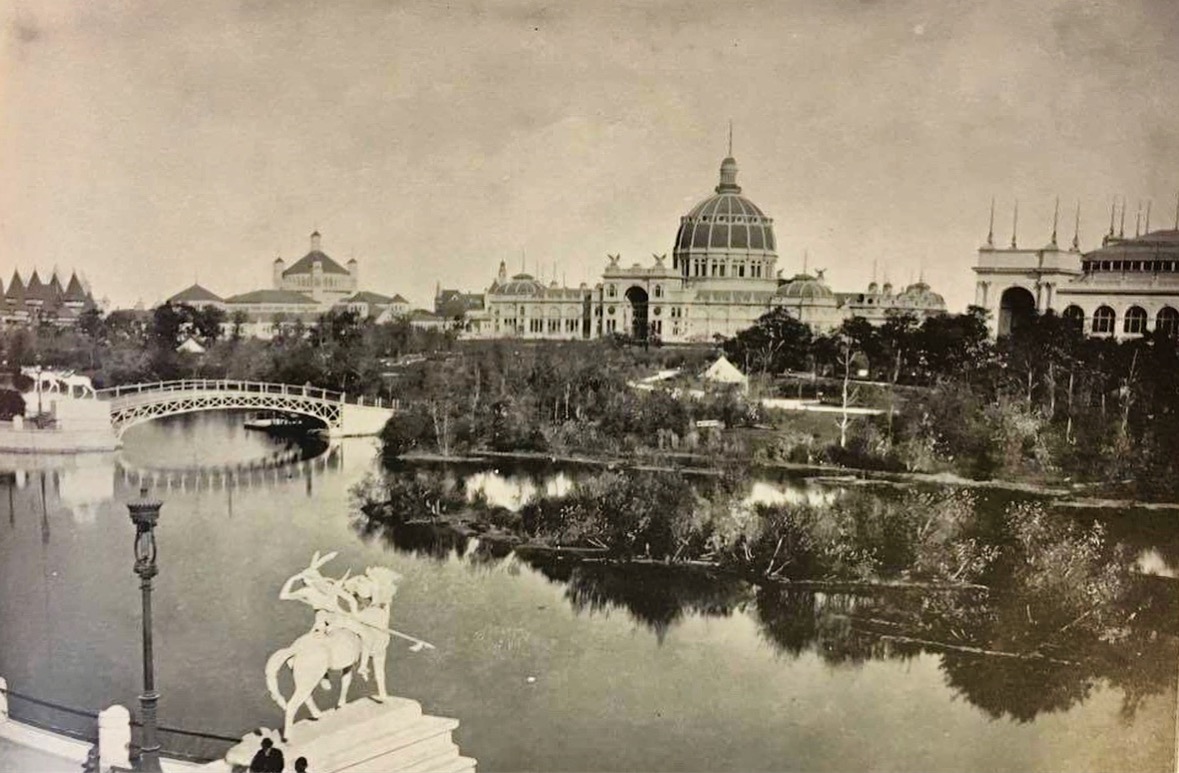
Chicago’s Columbian Exposition World’s Fair was staged more than 125 years ago. During the second half of 2018 I published a long-form Twitter thread based on photos from an antique book of official government photographs taken to document and promote the event. There were also additional posts of supplemental content that connect the events of 1893 with today’s world.
Like the space race of the 1960s, the Columbian Exposition was a catalyzing event which aided to guide the American psyche regarding technological progress. It single-handedly focused many communities’ efforts and attention on one goal, which was itself an opportunity to display how profoundly people can work together to translate a vision into a reality.
Historically, it is a coda to the era of classical aesthetics that dominated architecture for centuries. Contemporary Chicago architects had begun to unleash skyscraping buildings onto the streets of U.S. cities, a style that would define skylines of the 20th century. An architectural event at its heart, Director of Works Daniel Burnham (who was handed the reins of command thanks to his reputation amongst his peers) produced a platform for America’s elite architects to bring their grandest visions to life using the most fantastic ideas and materials available in those times.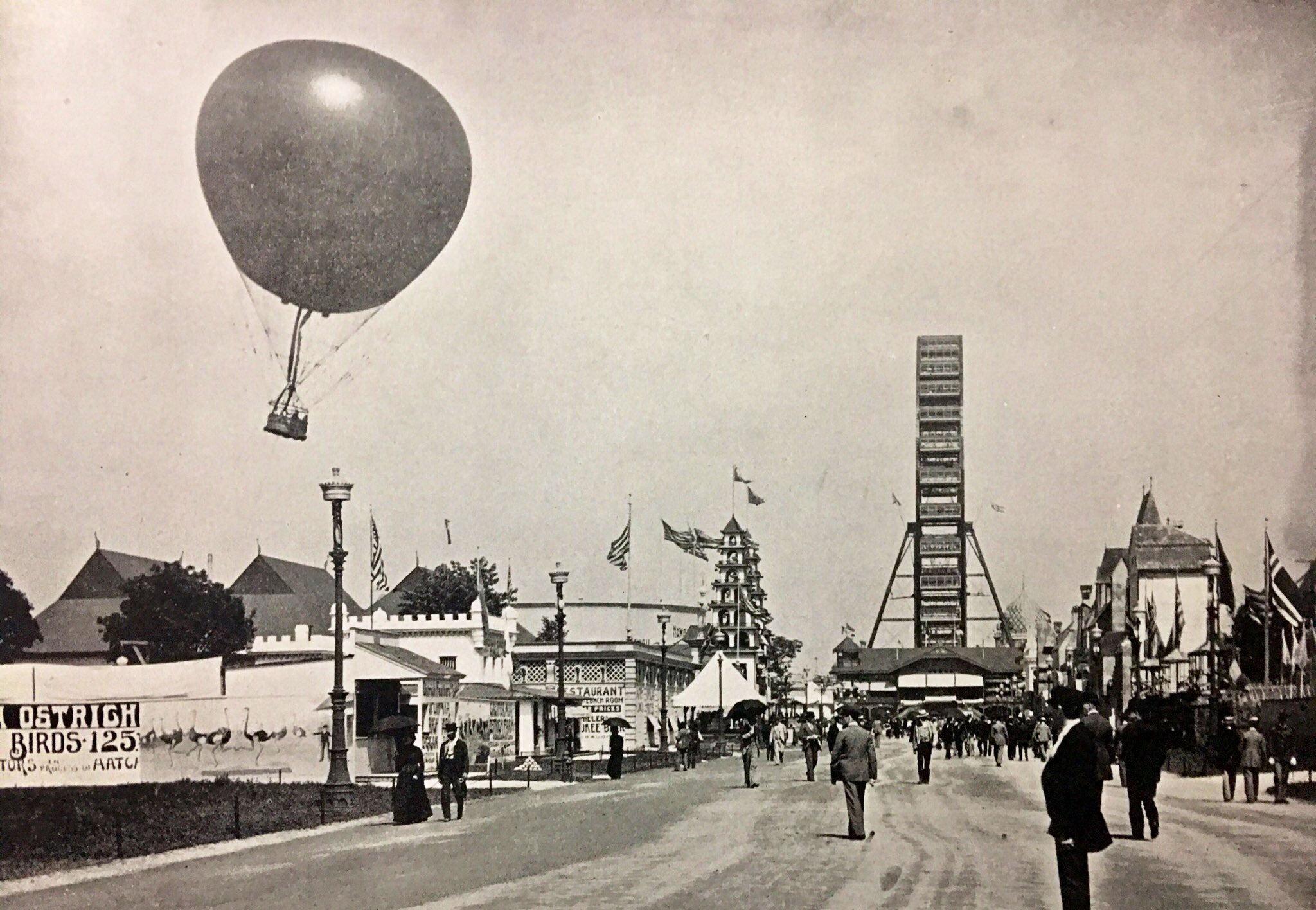
The grandeur of the Columbian Exposition was intended to overshadow the World’s Fair held in Paris four years prior during which Eiffel’s Tower served as the entrance. Its design was futuristic for the age and became iconic in minds around the world as an emblem for the City of Light. What had been only a few years prior a boggy swamp on the south end of town was now a place of fantasy. The country had entered an economic panic in the early 1890s, a reprieve from the financial woes was a psychologically benefit. In fact, thanks to the construction demands in Jackson Park, the Chicago region’s economy fared better than those of other cities.
Architecture & Grounds
Chicago is home to many museums throughout the city. Three classics can trace their existence back to 1893. This first structure began its life as the World Congress Auxiliary of the World’s Fair Columbian Exposition. Immediately after the close of the event on November 1st it was repurposed as the new home of the Art Institute of Chicago. For many years it was one of only a few permanent fixtures in Grant Park.
The collection that launched the Field Museum of Natural History in 1893 included many artifacts and memorabilia from that year’s World’s Fair. In fact, the original name for the organization was the Columbian Museum of Chicago. The building you see in this picture was not built until 1921 and is part of a campus of museums on the Chicago lakefront that includes the Shedd Aquarium and Adler Planetarium visible in previous photo. Prior to the new building’s construction and the move north from Jackson Park, the collection was housed in the building known as the Art Palace.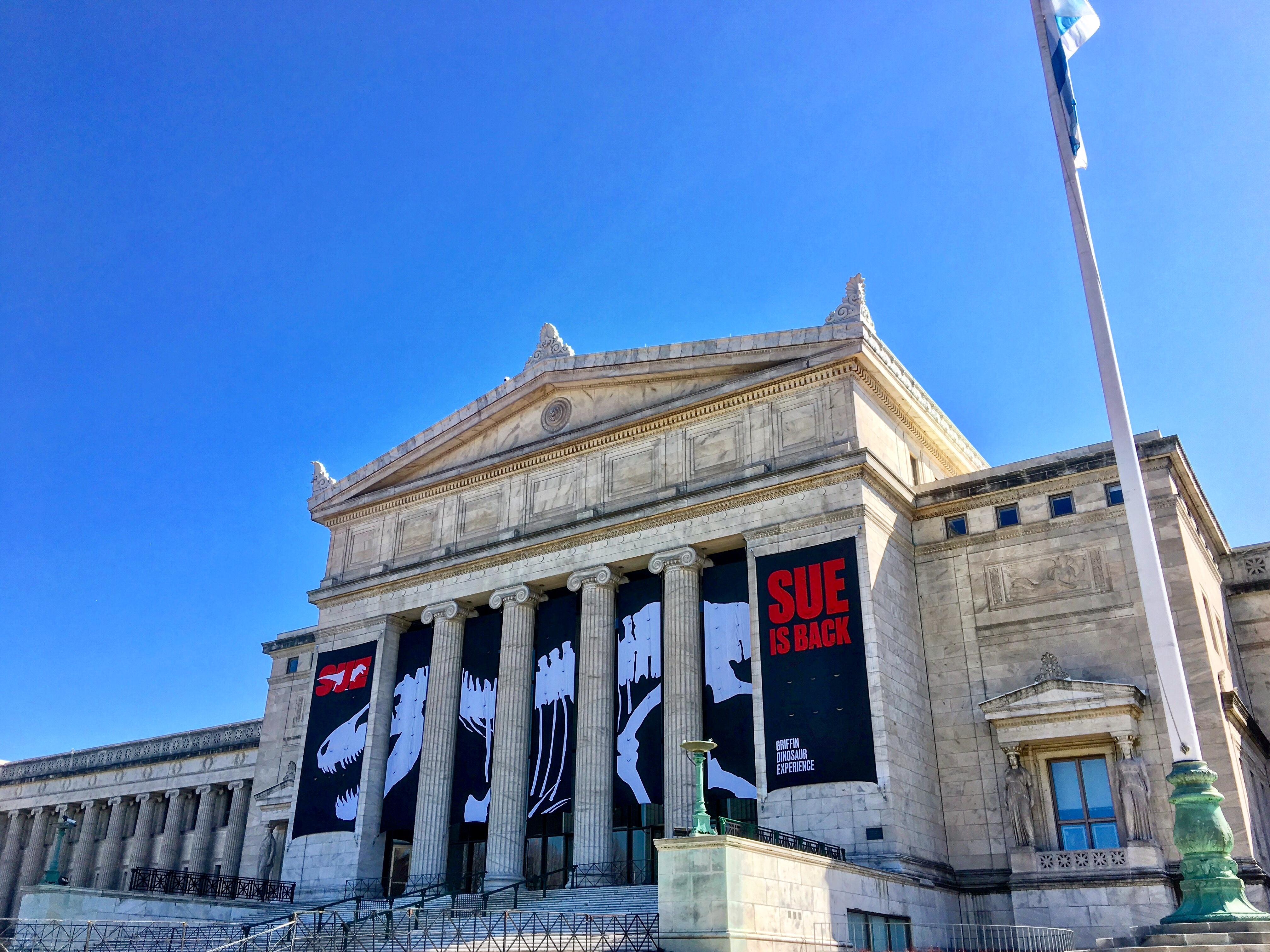
Architects and designers from all over the world contributed to the edifices that created the internationally eclectic skyline of structures in Jackson Park during the Expo. Buildings became literal canvases to not only the paint crews but also the men tasked with cobbling together ideas to express with materials that were classic, indigenous, and new to the era. Materials science had advanced considerably throughout the 1800’s.
While it’s certainly true that classic forms were ubiquitous, they were often just a facade – only as deep as the visible layer. Beneath the paint and plaster was a different story. It was steel and electric light that made many of the structures viable to the crowds. Today we take electricity and light bulbs for granted – however, in the Gilded Age they were both still luxuries that demonstrated state-of-the-art advances in science and technology.
The Art Palace, a work of art itself, was designed by Chicago architect C. B. Atwood. This is the Art Palace on the lagoon side. Perhaps it looks familiar? It is still in active use! If modern visitors could travel back to the summer of 1893, they would recognize it as the Museum of Science & Industry. The only structure erected with the intention of outlasting the White City after the Fair closed.
Legacy
This caliber of project is an inspiration, not only for those involved with its creation but also for those that gaze in wonder at the incredible feats of beauty, whether they are in design or philosophical. Notable attendees include Henry Ford as well as Helen Keller along with Dr. Alexander Graham Bell and his wife. Walt Disney’s father was a construction worker for the fair while living in Chicago, which Erik Larson posits in his book The Devil in the White City was a thematic inspiration for Walt by way of anecdote from his father.
People crave progress, to peer around the corner of the future and see what is soon to greet them before others have the opportunity to become familiar. Early adopters advance our culture by encouraging creative minds to continue developing their novel offerings. Landing upon a successful idea often means failing through a great number of bad ones along the way but we cannot be afraid of the difficulties on the path to discovery. We must encourage each other to try new things, so that we continue to have an increase in diverse and new experiences in which creativity is not shunned but instead able to flourish.![]()
Closing Thoughts
Exploring the Columbian Exposition through a series of releases including a book and documentary has been a great way to learn about the event. It’s also been an excellent vehicle for displaying my ideas about content development in general. Ideas can convert into all sorts of forms and like the World’s Fair of 1893, I want to express themes across every platform I can.
You can connect with this project on Facebook or Twitter to follow along as it develops further. The plan is to host live showings of the film with historians working in academia and perform solo interviews with additional filming for an extended cut of the documentary to be released in the future. We are applying to grant opportunities in coordination with a film organization based in Indiana and are looking for every chance to get a conversation started with anyone interested in helping to move things forward in any way.
Contact and connect with the author
- The Chicago 1893 Media Project - February 18, 2021

